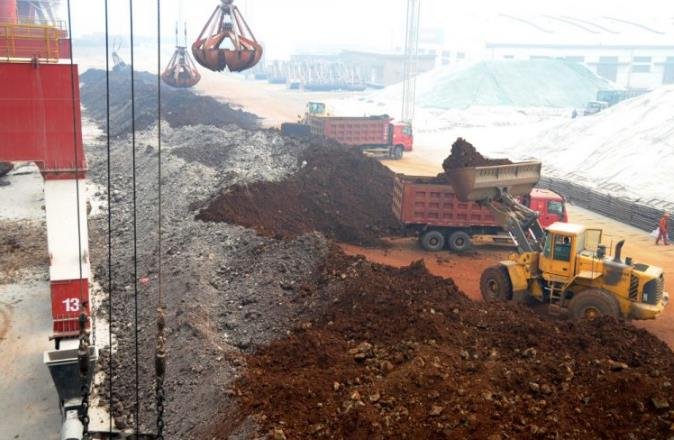Vietnam is planning to revive its largest rare-earths mine next year with a project backed by Western investors, according to two companies involved in the deal. The move is part of Vietnam’s broader ambition to build up a rare-earths supply chain, including developing its capacity to refine ores into metals used in magnets for electric vehicles, smartphones and wind turbines.
Vietnam’s rare-earths potential
Vietnam has one of the world’s largest reserves of rare earths, a group of 17 elements that are essential for many high-tech applications. However, the country has not exploited its potential fully due to environmental concerns, lack of technology and competition from China, which accounts for more than 60% of global production and refining.
The Dong Pao mine, located in the northern province of Lai Chau, was discovered in the 1950s by French geologists and was operated by the Soviet Union until 1990. It has an estimated reserve of 11 million tonnes of rare-earth oxides, making it the third-largest in the world after China’s Bayan Obo and the United States’ Mountain Pass.

The mine was shut down in 2003 due to low prices and environmental issues. Since then, Vietnam has been importing rare-earth concentrates from China and other countries for processing at its only refinery, operated by Vietnam Rare Earth JSC (VTRE) in Thai Nguyen province.
Western-backed project to restart Dong Pao
The Vietnamese government intends to launch tenders for multiple blocks of the Dong Pao mine before the end of this year, said Tessa Kutscher, an executive at Australia’s Blackstone Minerals Ltd, which plans to bid for at least one concession. She cited unpublished information from Vietnam’s Ministry of Natural Resources and Environment, which did not respond to requests for comment.
The project, which could come together within the next year, would involve mining and processing rare earths at Dong Pao and exporting them to Blackstone’s refinery in South Korea, where they would be turned into metals and alloys for magnets. Blackstone has partnered with VTRE, the country’s main refiner and a subsidiary of state-owned Vinacomin, for the project.
The project would be supported by Western governments and institutions that are keen to diversify their sources of rare earths and reduce their dependence on China. Kutscher said that Blackstone has received funding from the Australian government’s Critical Minerals Facilitation Office and is in talks with the U.S. International Development Finance Corporation and the European Union for further financing.
Implications for China and the global market
The restart of Dong Pao would be a significant step toward Vietnam’s goal of becoming a major player in the global rare-earths market. According to Kutscher, the mine could produce up to 30,000 tonnes of rare-earth oxides per year, which would make it comparable to Mountain Pass, the largest operating mine outside China.
The project would also pose a challenge to China’s dominance in the sector, especially in the production of magnets, which account for about 90% of the value of rare earths. China currently produces more than 80% of the world’s magnets, which are used in electric motors, generators, speakers and sensors.
However, China is also facing increasing competition from other countries that are developing their own rare-earth resources and capabilities. For example, Australia’s Lynas Corp is building a refinery in Texas with U.S. government support, while Japan’s Hitachi Metals is expanding its magnet production in China and Thailand.
The global demand for rare earths is expected to grow rapidly in the coming years as more countries adopt clean energy and digital technologies. According to a report by Roskill, a consultancy firm, the demand for rare-earth magnets alone could increase by 7% annually until 2030.
